
Copernical Team
Bidder pays $2.8M for jacket worn in space by Buzz Aldrin
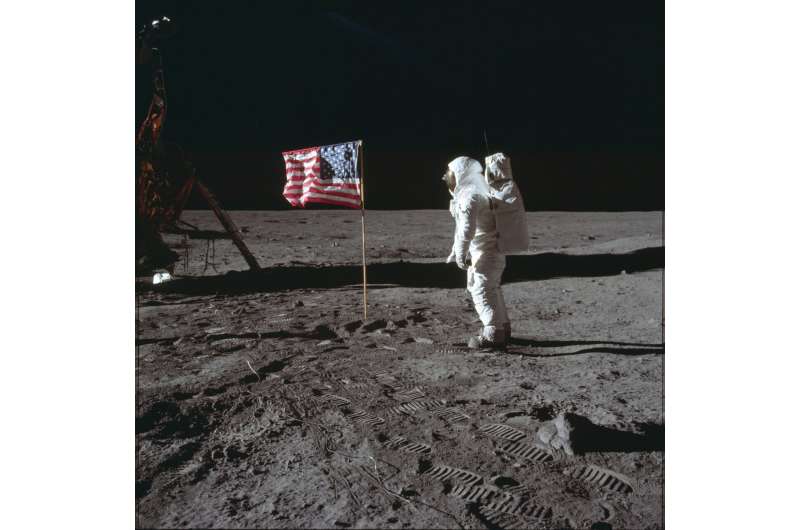
US regrets 'surprise' Russia exit from Space Station

The United States on Tuesday voiced regret over Russia's announcement that it would exit the International Space Station after 2024 and said it was taken by surprise.
"It's an unfortunate development given the critical scientific work performed at the ISS, the valuable professional collaboration our space agencies have had over the years, and especially in light of our renewed agreement on space-flight cooperation," State Department spokesman Ned Price said.
"I understand that we were taken by surprise by the public statement," he told reporters.
NASA's director of the ISS, Robyn Gatens, earlier said that the US space agency had not "received any official word from the partner as to the news today."
NASA itself plans to retire the ISS—a symbol of post-Cold War unity—after 2030 as it transitions to working with commercial space stations, and Gatens suggested Russia might be thinking about its own transition.
Asked whether she wanted the US-Russia space relationship to end, she replied: "No, absolutely not."
"They have been good partners, as all of our partners are, and we want to continue together, as a partnership, to continue operating space station through the decade.
Lunar Reconnaissance Orbiter finds lunar pits harbor comfortable temperatures
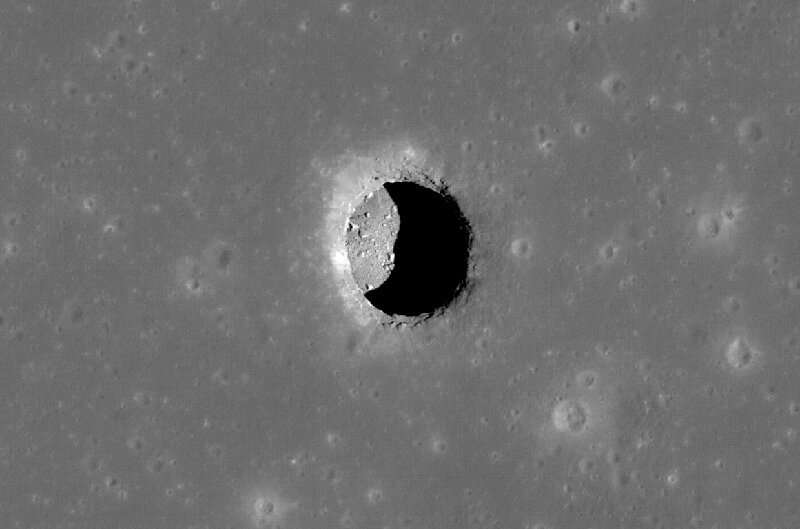
NASA-funded scientists have discovered shaded locations within pits on the Moon that always hover around a comfortable 63 F (about 17 C) using data from NASA's Lunar Reconnaissance Orbiter (LRO) spacecraft and computer modeling.
The pits, and caves to which they may lead, would make thermally stable sites for lunar exploration compared to areas at the Moon's surface, which heat up to 260 F (about 127 C) during the day and cool to minus 280 F (about minus 173 C) at night.
Microchips headed to space on NASA's Artemis I moon mission
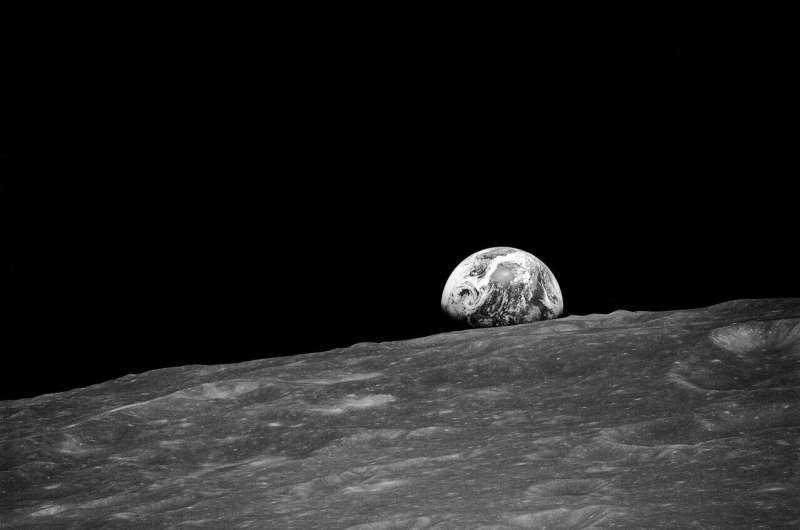
On July 20, 53 years after Neil Armstrong took one small step for man and one giant leap for mankind, NASA announced target launch dates for the Artemis I mission, the agency's long-awaited first step to returning astronauts to the moon and eventually Mars. Even though there won't be people onboard the Orion spacecraft when it blasts off later this summer, it will carry dozens of tiny tributes to the Artemis team that were created at the University of Houston.
Long Chang, a research associate professor in the Cullen College of Engineering and expert at the UH nanofabrication facility, answered the call when NASA was looking for a way to honor the thousands of people who contributed to the Artemis I mission.
"NASA wanted microchips with everyone's name on them," said Long. "But I had some creative liberties in the design because they didn't really know what we were capable of."
After considering several options that would satisfy NASA's requirements, Long proposed a process that combines electron beam lithography and reactive ion etching to engrave the nearly 30,000 names onto each of the 80 microchips.
NASA says no 'official word' from Russia on quitting ISS
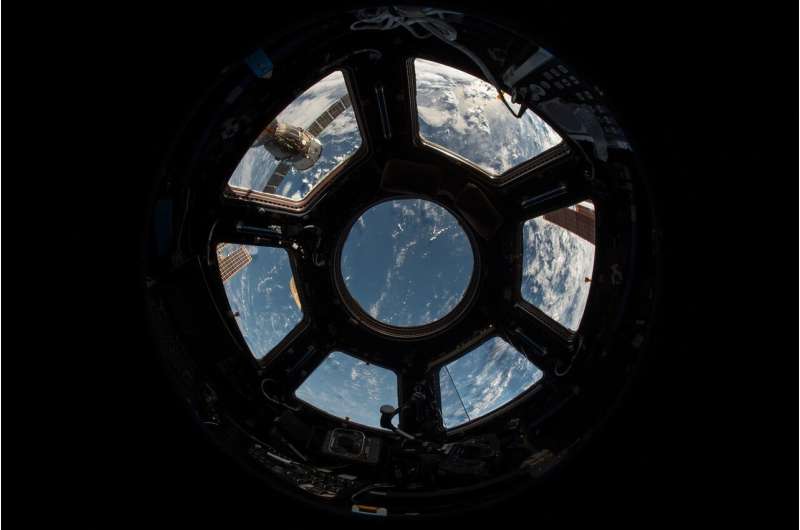
The United States hasn't received "any official word" from Russia on its just-announced plans to quit the International Space Station "after 2024," a senior NASA official said Tuesday.
"We haven't received any official word from the partner as to the news today," director of the ISS for NASA, Robyn Gatens, said during a conference on the outpost.
NASA itself plans to retire the ISS—a symbol of post Cold War unity—after 2030 as it transitions to working with commercial space stations, and Gatens suggested Russia might be thinking about its own transition.
Asked whether she wanted the US-Russia space relationship to end, she replied: "No, absolutely not."
"They have been good partners, as all of our partners are, and we want to continue together as the partnership to continue operating space station through the decade."
Gatens was responding to an announcement by newly appointed Roscosmos chief Yury Borisov.
"Of course, we will fulfill all our obligations to our partners, but the decision to leave this station after 2024 has been made," Borisov told Russian President Vladimir Putin.
"I think that by this time we will start putting together a Russian orbital station," Borisov added, calling it the space program's main "priority.
Tap into Europe in motion
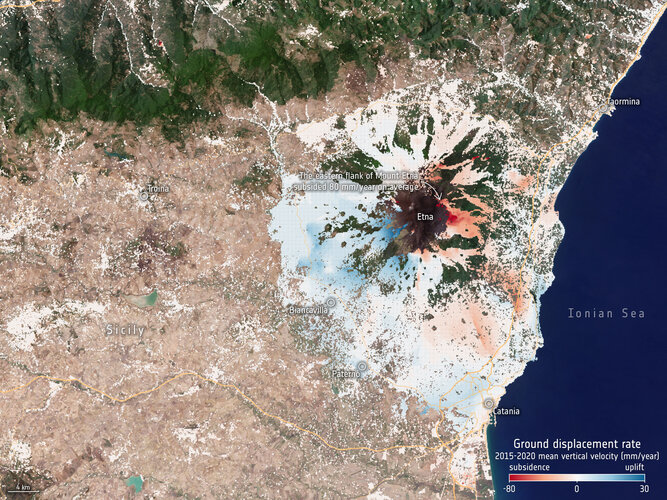
Any movement beneath our feet – from barely perceptible subsidence to the sudden appearance of a sinkhole or a crashing landslide – spells big trouble. Even relatively modest subsidence can weaken buildings and infrastructure and lead to issues such as flooding, and at worst the abrupt disappearance of sections of land brings immediate threat to life. Monitoring and predicting our shifting land is clearly essential for adopting mitigating strategies.
And now, thanks to Europe’s environmental Copernicus programme and the Sentinel-1 radar satellite mission, the first Europe-wide subsidence and soil movement analysis service is available to the public.
China releases images of Martian satellite
 China's Tianwen-1 probe beamed back high-resolution images of Mars' natural satellite Phobos on Saturday, marking the second anniversary of the launch.
Phobos and Deimos are two natural satellites of the red planet. Phobos is the larger one with an irregular shape with no atmosphere and the closest satellite to the main star in the solar system.
The Tianwen-1 operation team seized th
China's Tianwen-1 probe beamed back high-resolution images of Mars' natural satellite Phobos on Saturday, marking the second anniversary of the launch.
Phobos and Deimos are two natural satellites of the red planet. Phobos is the larger one with an irregular shape with no atmosphere and the closest satellite to the main star in the solar system.
The Tianwen-1 operation team seized th China successfully launches lab to Tiangong space station
 China has successfully launched a laboratory to its space station orbiting Earth, the Asian nation's space agency said.
The 23-ton Wentian lab module was launched aboard the Long March 5B rocket from China's Wenchang Space Launch Site in Hainan Province at 2:22 p.m. Sunday and docked to the core module of the Tiangong Space Station early Monday, the China Manned Space Agency said.
China has successfully launched a laboratory to its space station orbiting Earth, the Asian nation's space agency said.
The 23-ton Wentian lab module was launched aboard the Long March 5B rocket from China's Wenchang Space Launch Site in Hainan Province at 2:22 p.m. Sunday and docked to the core module of the Tiangong Space Station early Monday, the China Manned Space Agency said. Landsat turns 50
 Fifty years ago, U.S. scientists launched a satellite that dramatically changed how we see the world. It captured images of Earth's surface in minute detail, showing how wildfires burned landscapes, how farms erased forests, and many other ways humans were changing the face of the planet.
The first satellite in the Landsat series launched on July 23, 1972. Eight others followed, providing
Fifty years ago, U.S. scientists launched a satellite that dramatically changed how we see the world. It captured images of Earth's surface in minute detail, showing how wildfires burned landscapes, how farms erased forests, and many other ways humans were changing the face of the planet.
The first satellite in the Landsat series launched on July 23, 1972. Eight others followed, providing Clarification From Eutelsat Communications
 Following recent market rumors, Eutelsat Communications (Euronext Paris: ETL) confirms that it has engaged in discussions with its co-shareholders in OneWeb regarding a potential all-share combination to create a global leader in Connectivity with complementary GEO/LEO activities.
The combined entity would be the first multi-orbit satellite operator offering integrated GEO and LEO solution
Following recent market rumors, Eutelsat Communications (Euronext Paris: ETL) confirms that it has engaged in discussions with its co-shareholders in OneWeb regarding a potential all-share combination to create a global leader in Connectivity with complementary GEO/LEO activities.
The combined entity would be the first multi-orbit satellite operator offering integrated GEO and LEO solution 
